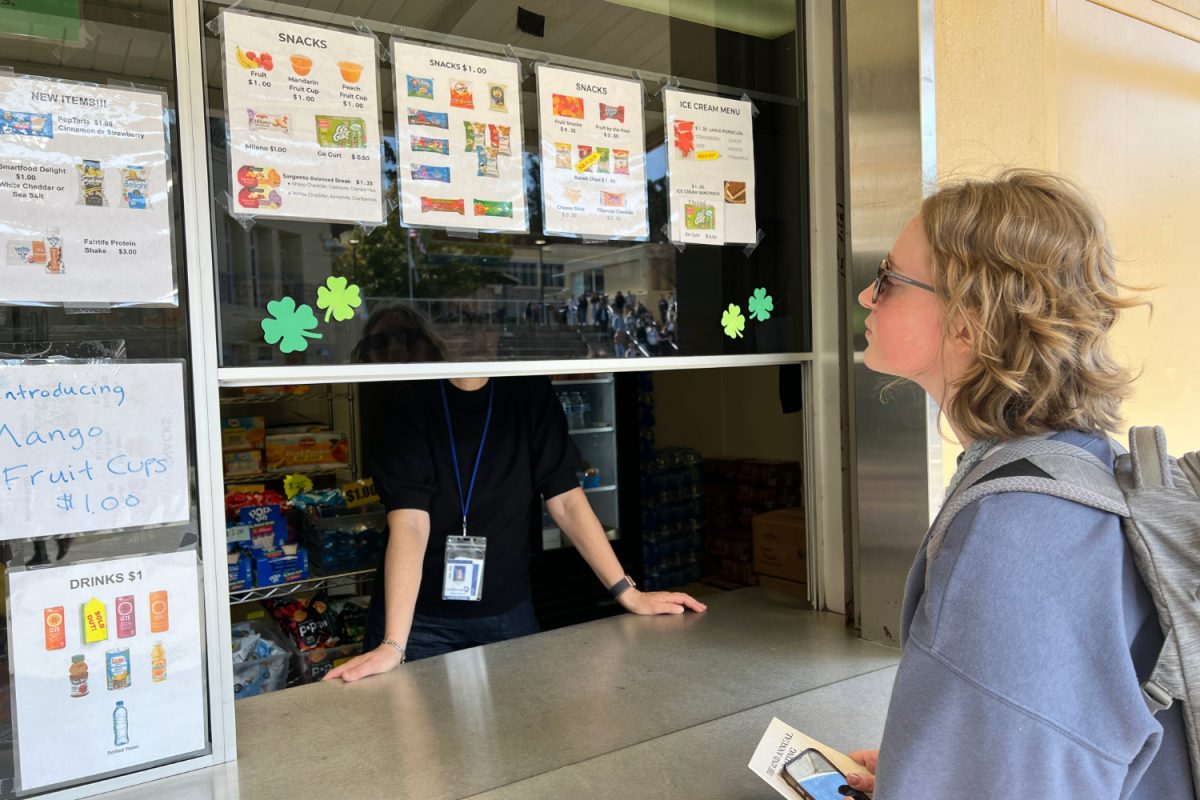State lawmakers in California have introduced Assembly Bill 2316 to ban synthetic food dyes from being served in public schools.
Proposed by Assemblymember Jesse Gabriel on March 12, the bill will ban six synthetic food dyes: Red 40, Yellow 6, Blue 1, Blue 2, Green 3, and titanium dioxide. Many fan-favorite snacks contain these dyes, including Flamin’ Hot Cheetos and Froot Loops.
The California Environmental Protection Agency’s Office of Environmental Health Hazard Assessment (OEHHA) has associated these dyes with various health concerns, including hyperactivity and other neurobehavioral problems in children. Concerns over rising rates of attention-deficit/hyperactivity disorder (ADHD) prompted the California Legislature to request an assessment on food dyes from OEHHA.
“It’s disturbing that they would be in a school because people would think they’re safe when they’re really not good for you at all,” said Gay Buckland-Murray, the principal of Carlmont High School.
The bill aims to protect children from consuming these substances, fostering a safer and more supportive learning environment within schools.
“Students shouldn’t need color to make them more interested in eating food,” said Sam Dechaine, a Carlmont senior.
Synthetic dyes are primarily used for coloring, making them a “nonessential ingredient” and presenting opportunities for substitutes. While many food companies incorporate synthetic food dyes into their products, this bill would incentivize them to explore natural options for coloring.
“I think there are good alternatives for students to choose instead, so I would be thankful if this legislation took care of that for us,” Buckland-Murray said.
At school, there’s a distinct contrast in coloring between the free school lunches and the store-bought snacks available for purchase.
“The school lunch we get looks unappetizing, but it looks natural,” Dechaine said. “When you have to pay for snacks, there’s a higher concentration of food dyes because they generally look a little bit more appealing.”
At the Sequoia Union High School District (SUHSD), school meals are either made from scratch or prepared using speed-scratch methods. Sandra Jonaidi, the Director of Food Services at SUHSD, ensures that all meals meet high health and safety standards for students.
“At SUHSD, we are trying to reduce our carbon footprint, buy more locally sourced foods, work with local farmers, and explore our ability to grow some of our own food,” Jonaidi said.
While there may not be significant changes to the school lunch menu itself, the snacks sold on campus at the student store and through vending machines will be impacted.
Although this new bill has gained momentum, this isn’t the first instance of action being taken on food additives. Five months ago, Governor Gavin Newsom signed the California Food Safety Act, prohibiting ingredients such as brominated vegetable oil and Red 3. If the new bill were to be signed into law this year, its implementation would take effect at the beginning of 2025.
“California has always led the way for the rest of the country in prioritizing food quality for students,” Jonaidi said.












